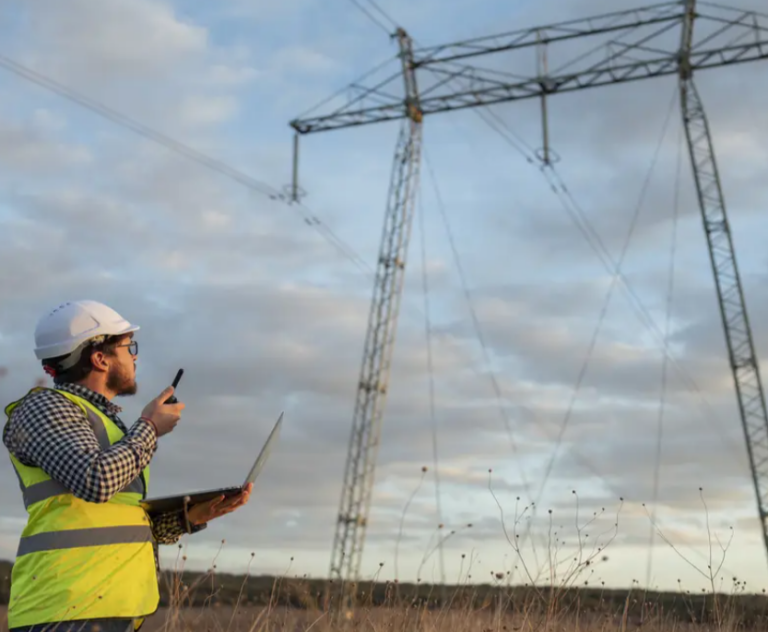
The planned 10,000 metre hole will aim to pierce through ten layers of rock and could even end up finding signs of life as suggested by discoveries in past boreholes.
And the objective? To reach rocks and minerals that could date back to around 145 million years ago – or the Cretaceous period.
Findings from the mission may help alert China to environmental hazards such as volcanoes and earthquakes, whilst also identifying potentially valuable minerals lurking below.
Past expeditions have also unearthed signs of life – with one project discovering signs of life under the surface. Don’t worry, it wasn’t subterranean humans or any other horror movie tropes.
That borehole unearthed plankton 4 miles below the surface.
That project won’t be surpassed by this new – admittedly massive – attempt. The deepest ever dug – the one that discovered the plankton – was in Russia.
The Kola Superdeep Borehole – just a really big hole in the ground – ended up reaching over 11,000 meters below sea level after being started by Soviet scientists in 1970. They had to abandon the project after hitting extremely high temperatures that they weren’t expecting. Interesting.
The Chinese project isn’t going to be easy. It’s not as simple as digging straight down into the Earth’s crust and hoping for the best. It’s also extremely costly and time-consuming.
“The construction difficulty of the drilling project can be compared to a big truck driving on two thin steel cables,” Sun Jinsheng, an academic from the Chinese Academy of Engineering, told news agency Xinhua.
Full Link ( Here )
© CopyRights RawNews1st





